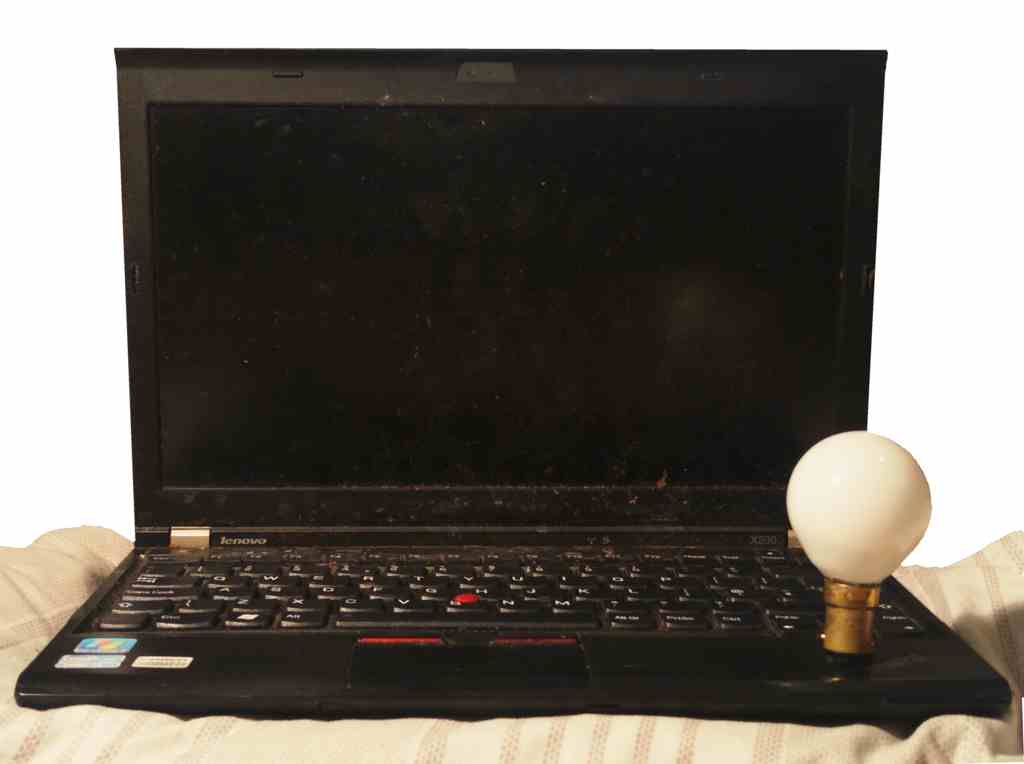Lenovo X230 review

Throughwork
Lenovo make computers, and here I test the built‐in amp on a X230 model. This computer was released about 2012, and was aimed at office work. At the time it was a requirement that a computer have a headphone socket.
Contents

Build
If we consider expectations of the audio, it’s not nonsense to talk about the build. The Lenovo Thinkpad X230 was a mid‐price computer, stripped of features, robust, and intended for office and/or industrial use. So what of the audio system—the computer needed one, so did Lenovo feel it should be good? Did the designers work on it? To my surprise, I was able to find a spec sheet, which listed the chip as a Realtek. I was able to confirm a Realtek was handling audio (with an Intel chip as controller). Cann’t confirm the model. A search didn’t tell me the spec, so maximum bit count is a guess.
Sound
Volume boost is poor. Volume range is reasonable. Timing is good, and so is attack and decay, maybe a little lazy. Never gets confused by swells. There does seem to be a screech in high voice. Frequency range is narrow, lacking both low and high notes in audible range—there is some low, but it’s underpowered. There’s paper in the sound, but not poor. Detail is short, but balanced against color and, when it is there, adds what it should. Color is reasonable. Both detail and color seem held back by a narrow frequency range. Positioning is vague, scale reasonable.
Though it lets voice through, not a good voice amp. Due to neatness of timing and volume, it’s good for pop and rock. It can walk an orchestral track but without leaving an impression, and the paper is intrusive on solo instruments. The X230 amp is atmospheric but weightless for games and soundtracks.
Spec
| chip | Realtek ALC3202 |
| bitsize/rate | 24bit/48kHz |
| features | |
| accessories | |
| support |
Assess
I admit, I don’t get why this amp was made like this—it doesn’t seem to fit the remit. On an office computer? An amp that is half‐good, cheerful fun for pop, but poor for voice? Was the X230 amp for the designer’s friends? Or were the designers told to be careful, and the result was an accident from the chip?
There is a feeling that a limited frequency range is holding this amp back. It plays like one of those TV/Radio mixes through good quality replay gear—you know the source was good, but the output is cut so you don’t hear much of it, and the end impression is small and distant. However, think—at the time of writing, this computer was released a decade ago. Granted this is not a home computer, the sound quality has good in it. Currently, a carefully spent £20 can match or surpass it.
